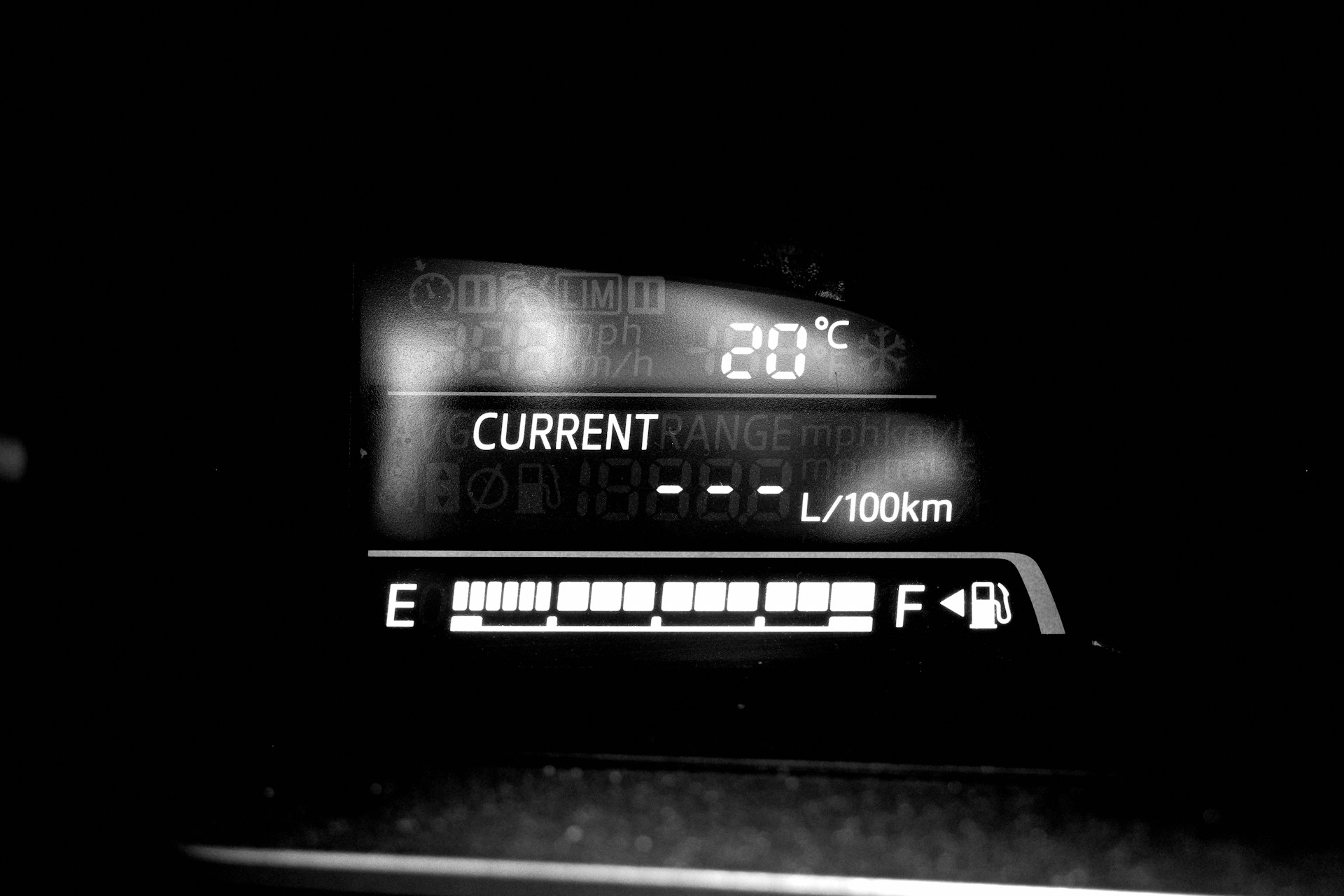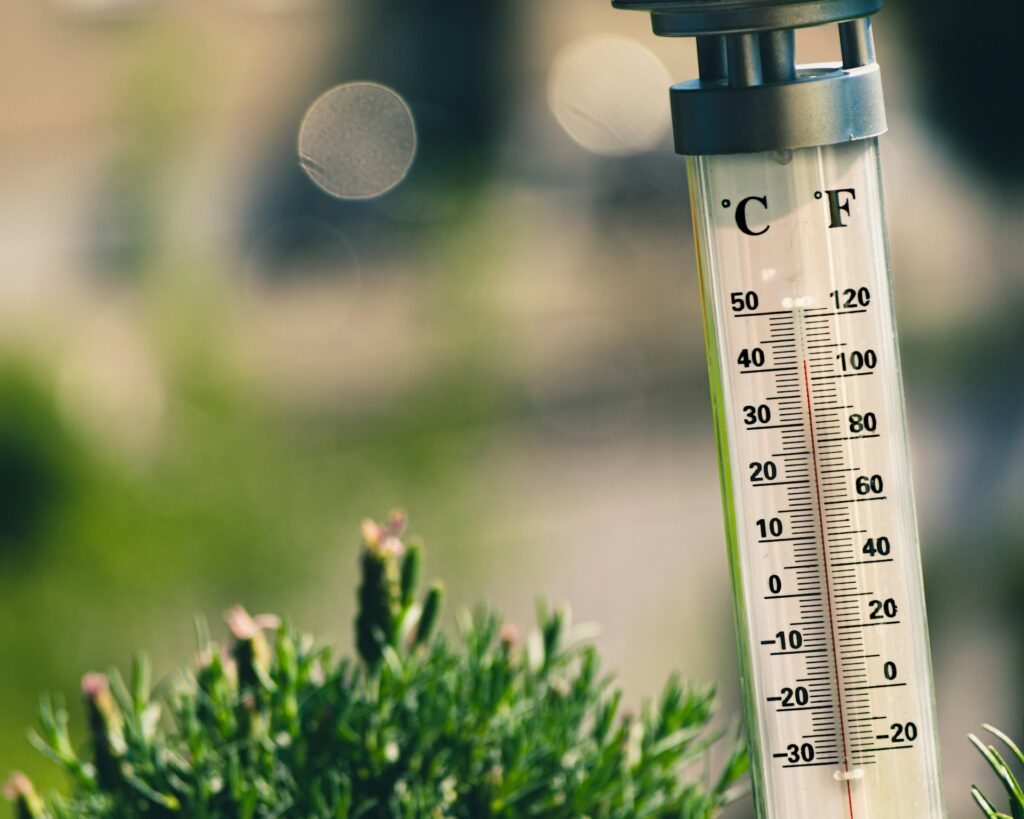When you need to check temperature — whether it’s for your fever, cooking meat, or checking the weather — you’ll use one of two common scales: Celsius (also known as centigrade) or Fahrenheit. A third scale, Kelvin, exists but is typically reserved for extreme temperatures found in places like deep space. These two primary scales work very differently — water turns to ice at 0° Celsius but at 32° Fahrenheit.
Surprisingly, these two scales meet at exactly one point: negative 40 degrees. This happens because each Celsius degree covers more ground than a Fahrenheit degree, causing them to eventually cross paths — similar to how a faster jogger will eventually catch up to and pass a slower one on a track.
Let’s explore why this happens.
Understanding the Two Temperature Systems
Fahrenheit is standard in the United States, while Celsius dominates everywhere else globally. Both systems came from 18th-century European scientists — Daniel Fahrenheit, a Dutch physicist and inventor, and Anders Celsius, a Swedish astronomer.
These scales have key differences. Water’s freezing and boiling points vary between them. In Fahrenheit, freezing occurs at 32° and boiling at 212°. In Celsius, freezing happens at 0° and boiling at 100°. The range from freezing to boiling spans 180 degrees in Fahrenheit but only 100 degrees in Celsius. This means each Celsius degree equals 1.8 Fahrenheit degrees.

Converting Between Temperature Scales
Here’s a simple guide for switching between these measurements:
Key fact: Every single Celsius degree equals 1.8 Fahrenheit degrees (which can also be written as the fraction 9/5).
Starting point difference: The scales begin at different numbers — Celsius starts at zero while Fahrenheit starts at 32 for water’s freezing point. This 32-degree difference matters when converting.
Celsius to Fahrenheit: Take your Celsius number, multiply it by 1.8, and add 32.
Formula: F = (1.8 × C) + 32
Fahrenheit to Celsius: Take your Fahrenheit number, subtract 32, then divide what’s left by 1.8.
Formula: C = (F − 32) ÷ 1.8
Testing at -40: When you calculate (1.8 × -40°C) + 32, you get -40°F
Reverse check: When you calculate (-40°F − 32) ÷ 1.8, you get -40°C
Why does this work? The two scales must cross somewhere, and negative 40 degrees happens to be that intersection point. Want to understand the math behind it? Continue reading.
The Math Behind the Meeting Point
You can discover where Fahrenheit and Celsius intersect using basic algebra, even without knowing it’s at -40 degrees.
You need two pieces of information:
- The ratio between degrees in both scales (Answer: Each Fahrenheit degree equals 5/9 of a Celsius degree. Each Celsius degree equals 9/5 Fahrenheit degrees.)
- The difference at water’s freezing point (Answer: Celsius uses zero for freezing while Fahrenheit uses 32, creating a 32-degree offset.)
Choose either scale and label the meeting point temperature as x. Set up an equation where x on one side equals x converted to the other scale on the other side. These must be equal since they represent identical temperatures.
Starting with Celsius:
To change x from Celsius to Fahrenheit, multiply x by 9/5, then add 32.
x = (9/5)x + 32
Solving for x:
x − (9/5)x = 32
(1 − 9/5)x = 32
(-4/5)x = 32
x = 32 × (-5/4)
x = -160/4
x = -40 degrees
Starting with Fahrenheit:
To change x from Fahrenheit to Celsius, subtract 32 first, then multiply by 5/9.
x = (x − 32) × (5/9)
Solving for x:
(9/5)x = x − 32
(9/5)x − x = -32
(4/5)x = -32
x = -32 × (5/4)
x = -160/4
x = -40 degrees
Both methods prove the scales converge at negative 40 degrees — the only point where Celsius and Fahrenheit display the same number.
